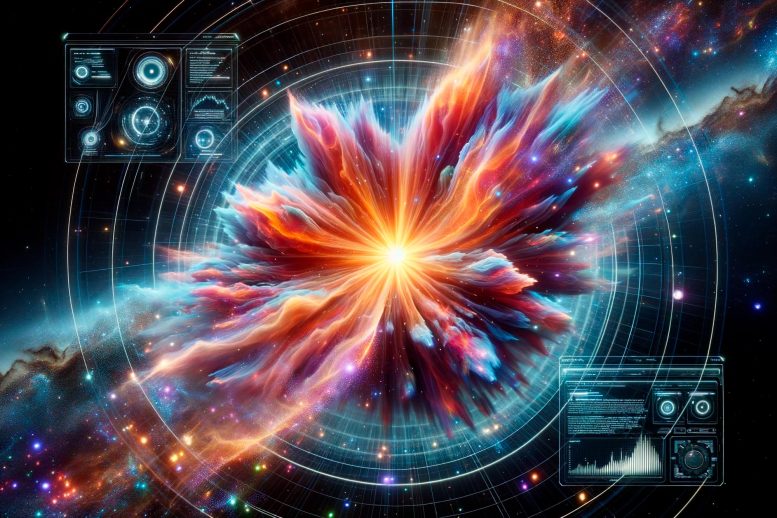
Princeton University researchers are using advanced supercomputers to simulate and better understand supernovae, with three-dimensional models offering unprecedented accuracy.
Using supercomputers, scientists are enhancing the accuracy of supernovae simulations, moving from one-dimensional to detailed three-dimensional models.
Supernovae – massive exploding stars – are some of the most spectacular phenomena in the universe. They’re also spectacularly complex. To understand what causes them, researchers at Princeton University are simulating these explosions on supercomputers at the Department of Energy’s Argonne Leadership Computing Facility user facility. This research also gives us insight into how these explosions created many of the elements in our universe.
The Aim and Challenges of the Research
The primary objective for these researchers is to decode the processes unfolding within these stars. This knowledge will allow them to predict which stars will explode. It will also help them know which ones will produce neutron stars and black holes. These processes involve a number of complicated topics, including neutrino physics and nuclear physics.
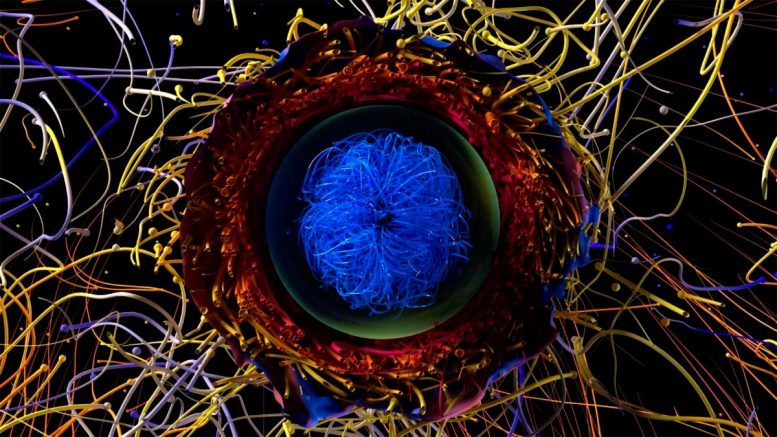
This visualization shows the results of a state-of-the-art 3D simulation of supernova explosion and neutron star birth. It is a rare instance where the full stellar evolution of such an object, including the physics of the convection and the radiation, has been simulated in 3D. The image shows the deep core that is shrinking after explosion due to neutrino cooling and deleptonization on its way to becoming a cold, compact neutron star. Credit: ALCF Visualization and Data Analytics Team; Adam Burrows and the Princeton Supernova Theory Group, Princeton University
Scientists have been studying this topic for 60 years, but computers couldn’t provide accurate simulations. Previous models could only simulate explosions in one dimension. These models’ explosions didn’t reflect how they happened in real life. Clearly, something was missing. The scientists discovered that the one-dimensional simulations didn’t include the interior structures of the stars. They were also missing the instabilities in those structures. The structures and instabilities change depending on how stars evolve, their rotation, and the heavy elements in them.
The Power of Three-dimensional Simulations
To bridge this knowledge gap, the scientists realized that they needed to model the supernovae in three dimensions in space. They also needed to include how the explosion changed over time and changed in momentum. Even for modeling the mere half-second before the explosion, the simulation was still massively complicated. Moving from one-dimension to three-dimensions increased the complexity by a factor of 10,000!
To access that type of computing power, the researchers turned to the DOE Office of Science. They received time on the ALCF’s supercomputers to run their models.
With the current 3D simulation, the model supernovae are now behaving the way that supernovae behave in nature. The model is closer than ever to describing and predicting what happens in these explosions. Scientists are also working to expand the length of their simulations. They’re aiming to cover the four to five seconds before the event.
Conclusion
As scientists improve their simulations with the help of DOE’s supercomputers, they’ll have a better grasp on what happens in the final moments of these stars.


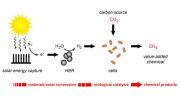
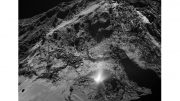
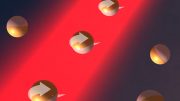
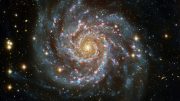
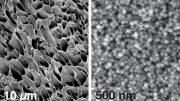

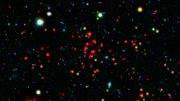
Be the first to comment on "Unraveling the Universe: Supernovae Secrets Decoded via Supercomputers"